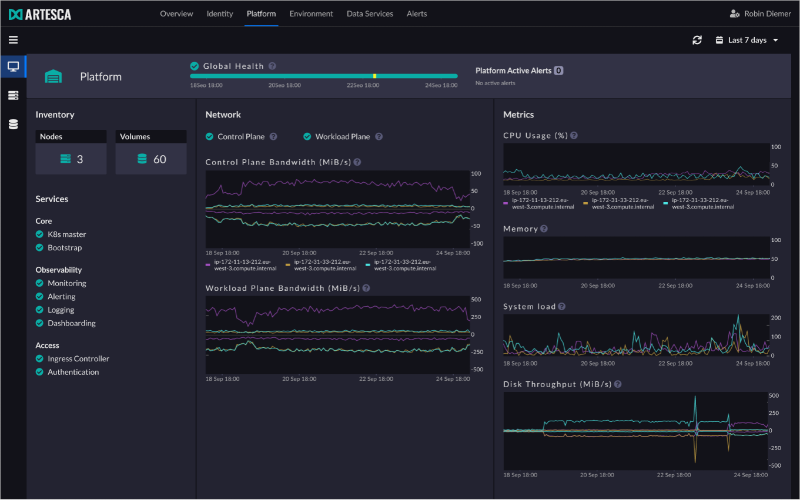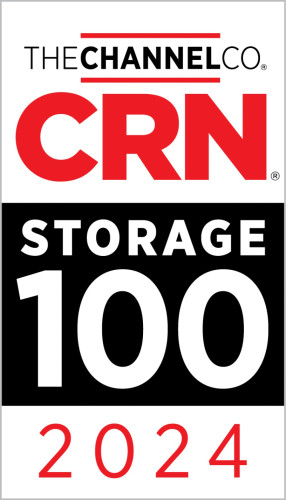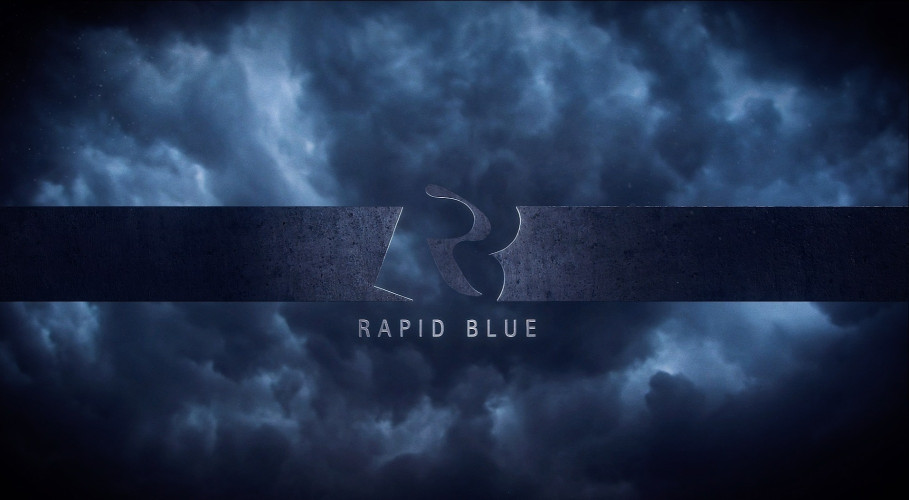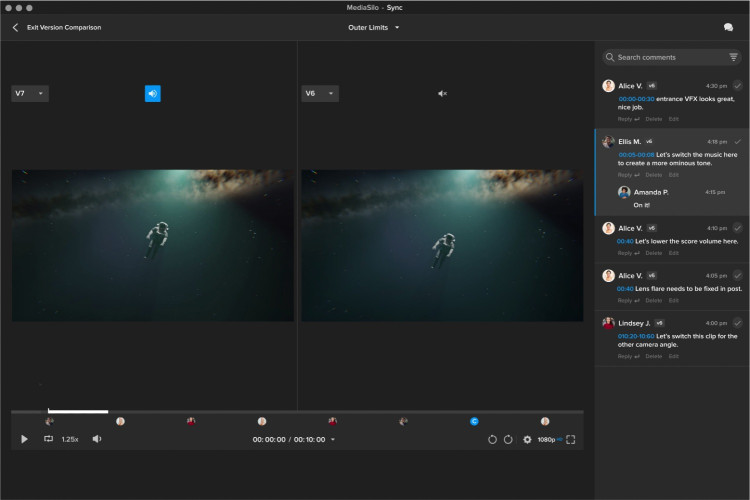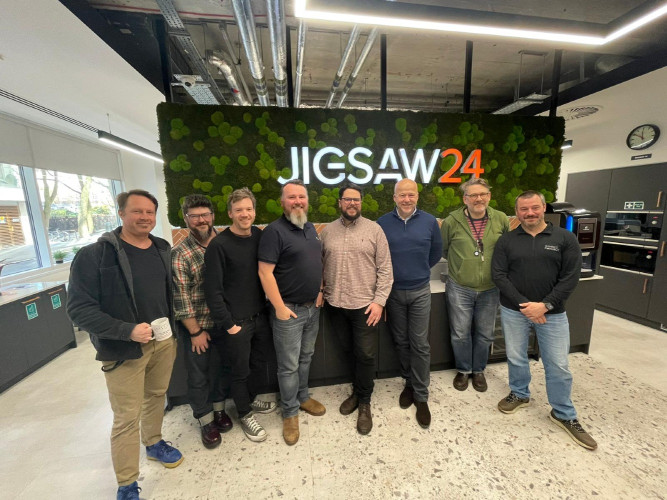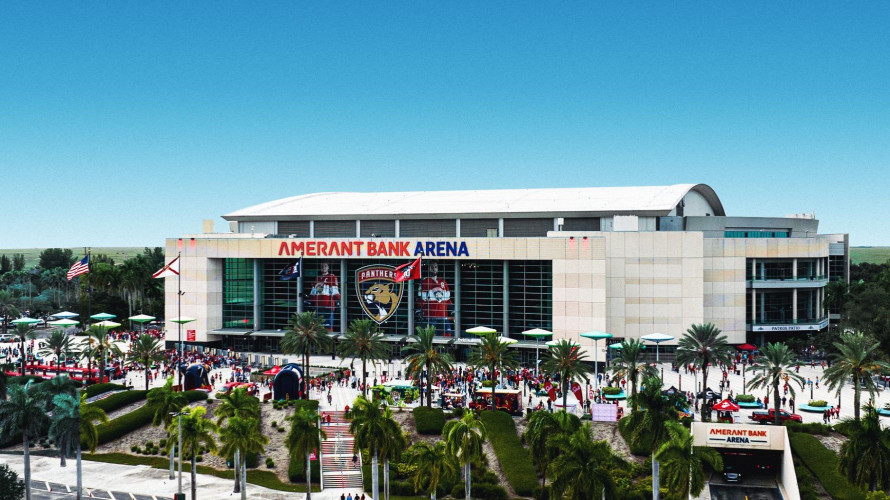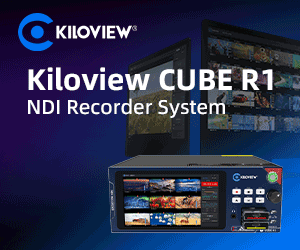by Matthew Rehrer Issue 90 - June 2014
What trends are you seeing with respect to investment in archiving solutions?
Investment in archiving solutions has been shaped by several major trends, all fundamentally driven by the desire to store and manage media content in such a way that it can better support effective and/or profitable use of those assets. The first of these trends has been the ongoing digitization of film- and videotape-based media. This is a process that some companies began quite some time ago, while others are just now ready to make the shift. It can be a monumental task to move content from videotape or celluloid to disk, and from there to multiple tiers of disk and data tape storage.
For many content owners, the decision to digitize media came from the realization that it was the only way to prevent degradation, deterioration, or complete loss of audio and video content that very often existed nowhere else. In some cases, this content represented a valuable and irreplaceable historical or cultural record. More recently, it has become quite clear that the transfer of media to a well-designed digital archive offers numerous additional benefits.
Designed and established correctly, a digital media archive becomes almost a living entity, continually expanding and offering an ever richer collection of media and metadata. With such an archive, users can easily locate and monetize stored content. This capability is essential to a second major trend, which is the leveraging of digital media archives to monetize large content libraries through new multiplatform, multiscreen services. Robust, high-performing archiving solutions make it easy for users to access and prep valuable media for new delivery formats and systems. Thus, content owners can bring new life to their media assets and open up new opportunities for not only revenue generation, but also for increasing brand awareness and client/consumer loyalty.
A digital media archive can support valuable functions such as describing, searching, organizing, browsing, processing, and retrieving content, no matter where it is stored. Working with the right combination of media storage, management, and processing tools, the desktop user can simply search for and request content delivered in a specific format. These are the capabilities that enable content owners to leverage existing media profitably across new channels and distribution outlets.
What should be foremost in the minds of decision-makers as they invest in a digital archive solution?
As far as the evaluation, selection, and implementation of a digital archive solution is concerned, we see that, whether the solution is a custom system or an off-the-shelf IT-based solution tailored for media storage, the most important factor is that the system be media aware. In other words, the system can accommodate requirements specific to handling media. One such requirement is the ability to make a partial file transfer, or moving only the requested segment of a larger media file out of the archive. When performed repeatedly as part of a media companys routine workflow, a partial restore can yield substantial savings in time and money, as well as storage space. Flexibility in searching for content, whether as whole media assets or subsections, is a similarly valuable capability of a media-aware system.
Of course, support for common and emerging media formats is an essential feature of archive solutions deployed in todays multiformat media operations, as is interoperability with leading MAM solutions and particularly the MAM solution preferred by the user.
The potential user should evaluate all components of the system and determine not only if the resulting installation would have the requisite performance characteristics to meet immediate operational requirements, but also if and how it could grow in capacity and/or performance as those requirements change. Among the decisions to make is whether or not solid-state memory should be used along with, or in place of, spinning-disk storage. Typically, a mix of the two is most beneficial, especially within larger archive systems. In such instances, solid-state memory can be used to accelerate some tasks while the bulk of storage remains on spinning disk.
Cost and performance can be optimized through use of a tiered storage model. With the highest cost per capacity, online storage offers the highest performance (and fastest access to content). The least expensive type of storage, offline storage, offers a reliable solution for preserving media but does not facilitate fast or frequent access to content. Naturally, there are options between these two extremes, and the user must determine what combination of storage types and cost/performance balance is best for his or her operations and workflow.
Other important considerations include factors such as vendors past experience and qualifications, including their evolution and lessons learned in providing successful systems. Additional questions should delve into the costs of setup, daily operations, support and maintenance, and incremental scaling of the system.
What archive system features and capabilities are essential to seamless and cost-effective expansion?
Scalability is essential to the cost-effective deployment and maintenance of a digital archive system. This is true primarily because it enables users first to make an up-front investment in a quality storage infrastructure that meets their current and near-term requirements, and then gives them the flexibility to expand incrementally and cost-effectively without any interruption to ongoing operations until they hit a natural threshold for more significant system growth. For example, a user might start with a few terabytes in archive storage capacity and expand over time to a system of multiple petabytes.
With this flexibility, typically enabled by the use of hot-swappable modular storage drives, users can adapt their archive systems to maintain a good cost/performance balance. The accompanying file system software also plays a critical role in enabling smooth, rapid system expansion. Together, these elements help to eliminate the need for forklift hardware upgrades or the long and error-prone process of migrating content from an aging archive system to a newer solution.
While ease of expansion is a must, so too is the ability to undertake this incremental system growth without disrupting users access to stored content. In fact, whether during scaling of the system or during regular maintenance of the digital media archive, uncompromised media access and archive system performance are key to the continuity of media operations.
What is the ideal relationship between an archive or storage system and the users media asset management (MAM) system?
The relationship of storage and archiving to the users wider MAM system must be very close; they must be very tightly integrated. Though storage can provide the necessary level of performance, such as fast access to media and sometimes tools such as partial-restore, the powerful search capabilities and robust interface functionality of the MAM make it an equally important element in a successful archive solution deployment. Given the need for these systems to work so closely with one another, it pays for the potential user to explore solutions offered by vendors that offer ingest, playout, storage, and MAM solutions. Though not every component need be purchased from just one vendor, the fact that the vendor has expertise in all of these areas does suggest that it is capable of offering a solution that meets the users needs, not just a single product.
What does the future hold with respect to the file formats used for archiving?
The future of archive file formats is difficult to predict. Just as a particular format or model appears to be gaining viability as a formal or informal standard, the size of source files makes another jump up, demanding another approach. Storage density was very different prior to the widespread migration to HD. Handling a large volume of SD media files would be no great task for todays systems, but the emergence of 4K and even 8K production, as well as strong interest in increased dynamic range and frame rates, presents significant challenges.
Despite the fact that no single common file format has been broadly adopted, the Interoperable Mastering Format (IMF) provides a wrapper that is proving a solid choice for content owners seeking to create and distribute content across multiple geographic regions. In the simplest of terms, what IMF does is provide the combination of media files, specific playlists, and output instructions necessary to create the required file. The model enabled by IMF is a very appealing alternative to maintaining the hundreds or thousands of versions often associated with internationally distributed programming. Obviously, there is much to be gained in terms of efficiency and storage-cost savings if a content owner can store an asset in just one format that facilitates subsequent creation of region- or market-specific copies.
What is Harmonic doing to help customers implement the best digital archive solutions for their needs?
Harmonic supplies storage solutions that range from the smallest beginnings of a system to large-scale systems that boast multiple petabytes of capacity. Whatever the size of the system, Harmonic works with its customers to assure that the system deployed meets their initial needs and can grow along with the users business. Though Harmonic is capable of designing and delivering huge solutions with the capacity to accommodate all the media the user eventually will digitize, the company focuses on identifying an intelligent roadmap that enables the user to invest incrementally, expanding the system as content is digitized, rather than paying for extra storage capacity, power, and space not yet needed.




